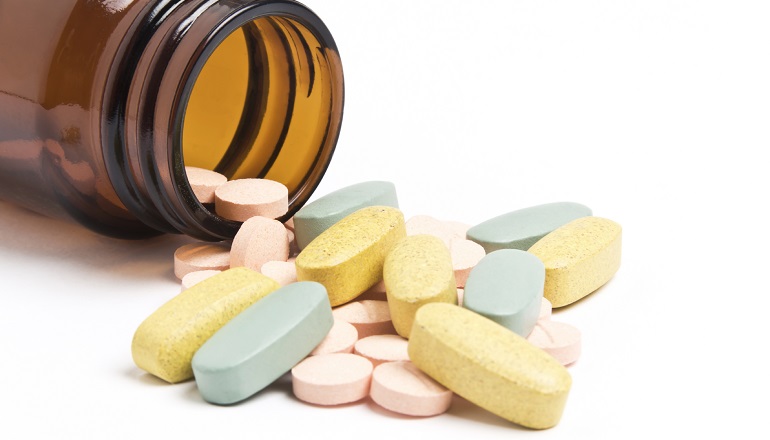Q: Our child’s referral information indicates that he may be anemic. What does this mean?
A: Anemia is a disorder that occurs when the level of hemoglobin, the red-blood-cell molecule that carries oxygen throughout the body, is too low. Studies indicate that as many as 20 percent of 18-year-olds in the U.S. and 80 percent in developing nations will have been anemic at some time in their lives, making it one of the most common abnormalities discovered by laboratory testing in children worldwide. Risk for anemia may be associated with pre- and postnatal nutritional deficiencies, lead exposure, and genetic factors.
Even slight iron deficiency can lead to decreased attention span and alertness, and children with prolonged anemia (hemoglobin less than 10 g/dL) due to iron deficiency may have lower standardized test scores and/or demonstrate decreased cognitive and motor skills by age five. Prevention and treatment are critical. A baby multi-vitamin and iron-fortified formula are virtually always good choices for adopting parents.
Symptoms of Anemia
Some children who are iron-deficient exhibit no symptoms. Others may have pale skin color, irritability, extreme fatigue, decreased appetite, headaches, and shortness of breath. Elevated lead levels in the blood may also cause anemia, sometimes co-existing with iron deficiency. If the elevation is only slight, children may show no symptoms. With markedly elevated levels, symptoms include constipation, diarrhea, abdominal pain, fatigue, irritability and hyperactivity, hearing loss, and headaches.
Causes of Anemia
The most common cause of anemia is lack of iron in the diet. In developing countries, financial constraints may lead families or institutions to dilute formula with water or switch to cow’s milk earlier than advised. Ideally, all babies should be on iron-fortified formulas through 12 months of age. Toddlers may also consume too little iron, particularly if drinking more than 2430 ounces of milk or juice a day, which can, in turn, lead to decreased food intake.
Additionally, about five percent of U.S. children have elevated lead levels, which increases their risk for anemia. If a child is deemed at risk (e.g., lives in older housing or parents’ professions involve exposure to lead), a doctor should test for lead levels routinely.
Premature birth increases the risk of anemia, as the infant may have received insufficient iron from the biological mother’s stores. Sickle cell anemia most commonly affects those of African or African-American descent, while thalassemia is most common in ethnic groups originating near the Mediterranean, the Middle East, India, and south and east Asia.
Diagnosing Anemia
A diagnosis of anemia can be made by a simple laboratory test that measures the hemoglobin level. A CBC test ( Complete Blood Count) may be called for to provide more information. Along with lab tests and a physical exam, the physician should ask how much milk a child drinks, whether he’s a strict vegetarian, drinks only goat’s milk, or eats dirt, starch, or ice chips. Parents should state if a child has jaundice or blood in his stools, or is taking any medications.
Treating Anemia
Because referral information may be inaccurate, families should confirm the diagnosis before commencing treatment. If the diagnosis is correct and your child will be treated for an iron deficiency, keep the following in mind:
- Iron supplements may stain the teeth. Brush your child’s teeth well.
- Milk interferes with the absorption of iron, so iron supplements should not be taken with milk.
- Vitamin C facilitates the absorption of iron, so some physicians recommend that children take their iron treatment with orange or apple juice.
- Treatment should also include changes in diet. Infants should consume iron-fortified formulas and cereals. Older children should limit milk and juice to 2432 ounces per day. If severe lead poisoning seems to be the underlying cause, the anemia may be treated with oral or intravenous medications.



